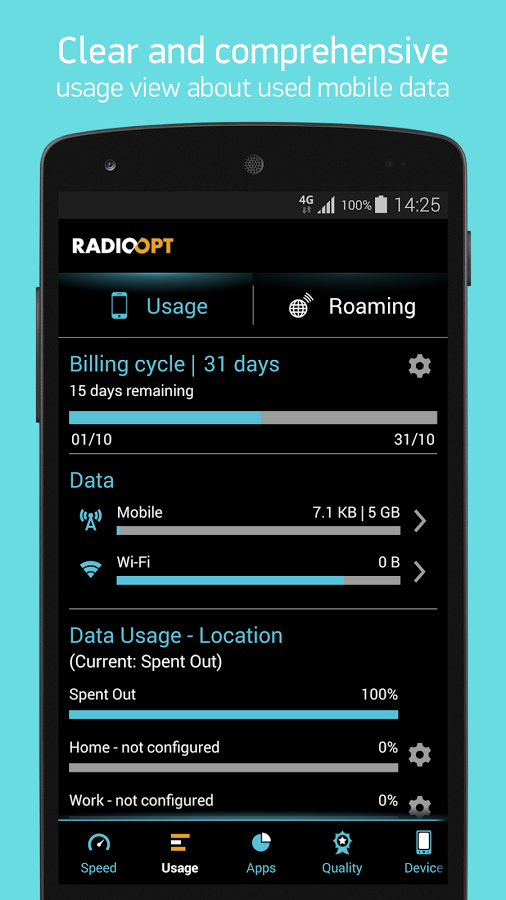

The Pss number is a metric the kernel computes that takes into account memory sharing - basically each page of RAM in a process is scaled by a ratio of the number of other processes also using that page. Thus if you were to take all of the physical RAM actually mapped in to each process, and add up all of the processes, you would probably end up with a number much greater than the actual total RAM. Add on top of that paging out to disk (let alone swap which we don't use on Android) and it is even less clear. So how much memory a processes uses is really not clear.
Always on top memory monitor for android android#
well now the fun begins.Ī lot of memory in Android (and Linux systems in general) is actually shared across multiple processes. */īut as to what the difference is between Pss, PrivateDirty, and SharedDirty. ** The shared dirty pages used by everything else. ** The private dirty pages used by everything else. ** The proportional set size for everything else. ** The shared dirty pages used by the native heap. ** The private dirty pages used by the native heap. ** The proportional set size for the native heap. ** The shared dirty pages used by dalvik. ** The private dirty pages used by dalvik. This returns a low-level MemoryInfo structure with all of this data: /** The proportional set size for dalvik. Note starting with 2.0 there is also an API, ActivityManager.getProcessMemoryInfo, to get this information about another process: ActivityManager.getProcessMemoryInfo(int) Going lower-level, you can use the Debug API to get raw kernel-level information about memory usage: android.os.Debug.MemoryInfo For pure Java applications, this should be of little use, since the Java heap limit is there in part to avoid one app from being able to stress the system to this point. This is mostly there to help an application gauge how close the system is coming to having no more memory for background processes, thus needing to start killing needed processes like services. Now ActivityManager.getMemoryInfo() is our highest-level API for looking at overall memory usage. Service API changes starting with Android 2.0 Note: we now have much more extensive documentation on Managing Your App's Memory that covers much of the material here and is more up-to-date with the state of Android.įirst thing is to probably read the last part of this article which has some discussion of how memory is managed on Android: (Pretty much every time I look at memory usage numbers with other engineers, there is always a long discussion about what they actually mean that only results in a vague conclusion.) In fact the chances of you actually correctly interpreting whatever numbers you get is extremely low. Note that memory usage on modern operating systems like Linux is an extremely complicated and difficult to understand area.


 0 kommentar(er)
0 kommentar(er)
